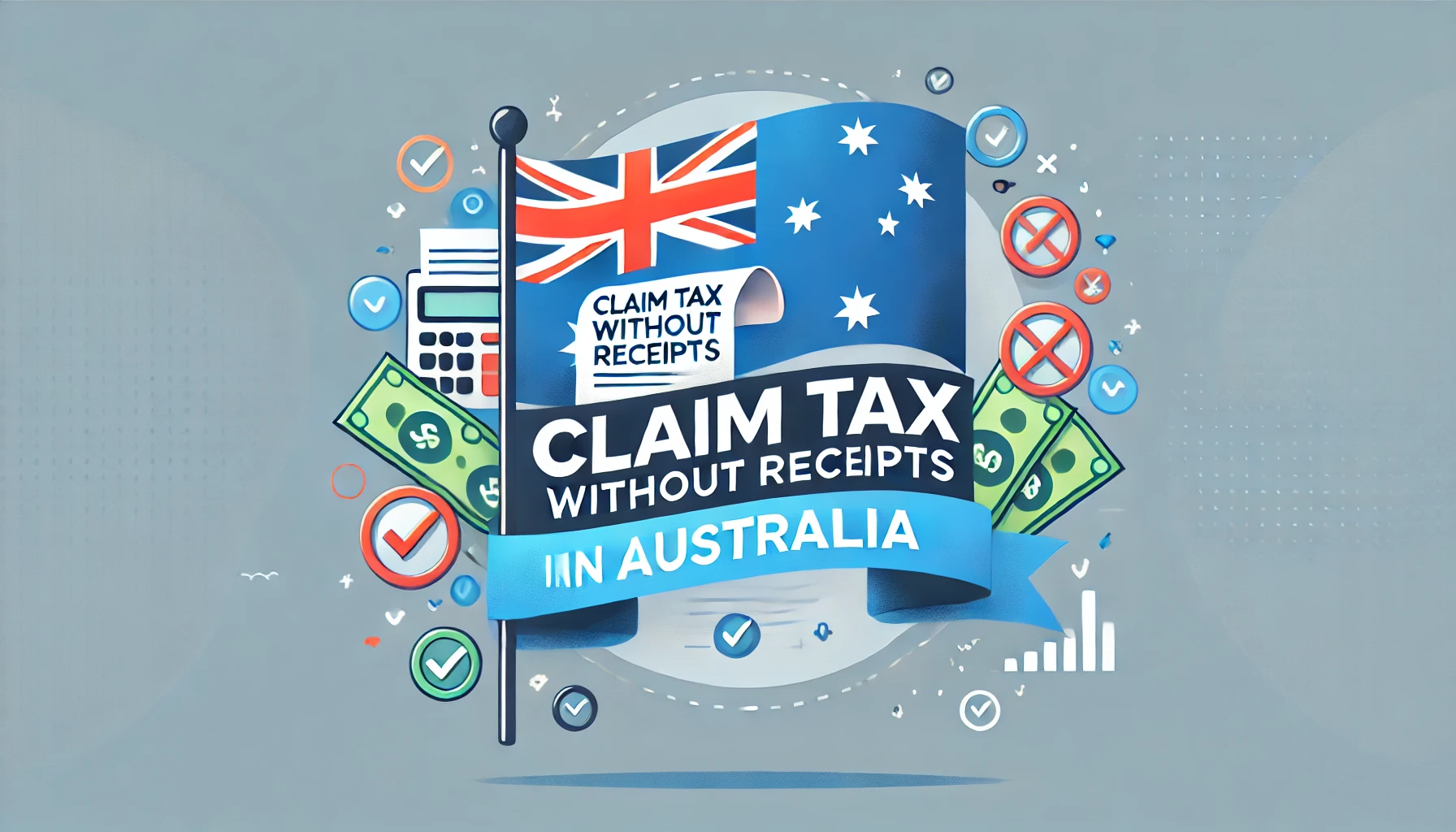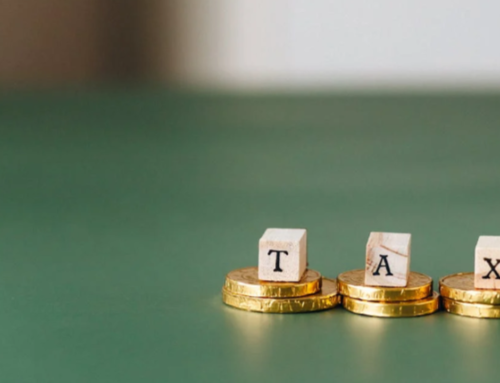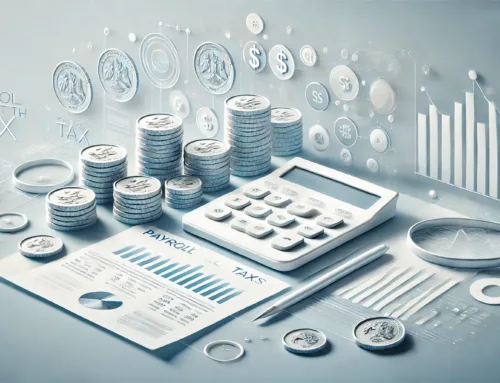Claiming Tax without Receipts
Want to claim on tax without receipts in Australia? It may sound very challenging, but in reality, losing or misplacing receipts is a common challenge many taxpayers face. Therefore, you should be completely aware of the rules and strategies about claim on tax without receipts in Australia that will help maximize your deductions legally. This is a comprehensive guide to help you with claim on tax without receipts in Australia effectively.
Table of Contents
ToggleUnderstanding Tax Deductions or Claims on Tax without Receipts in Australia
The Australian Taxation Office (ATO) allows taxpayers to claim deductions for certain expenses incurred in earning income. However, substantiating these claims with receipts is typically required. But what happens when you want to claim on tax without receipts? The ATO does provide some flexibility for these situations.
The $300 Rule for Claim on Tax without Receipts in Australia
Under the ATO’s guidelines, you can claim up to $300 in work-related expenses without receipts. This includes items such as:
- Work-related travel
- Uniforms and protective clothing
- Self-education expenses
While receipts are not required for these claims, you must be able to show how you calculated the amount. This rule can simplify the process of claiming tax without receipts in Australia.
Estimating Expenses when Claim on Tax without Receipts in Australia
When receipts are unavailable, estimates can be used. The ATO allows for reasonable estimates of expenses, provided they are accurate and can be justified if questioned. Keep in mind the following points:
- Make a diary note of how you calculated the estimate.
- Ensure the estimate is reasonable and can be backed by a logical explanation.
Substantiating Larger Claims
For claims over $300, the ATO requires more substantial evidence. If receipts are not available, other forms of documentation may be used, such as:
- Bank statements
- Credit card statements
- Diary entries
Ensure these documents clearly indicate the expense and its relation to earning your income. This will help when claiming tax without receipts in Australia.
Common Deductible Expenses Without Receipts
Certain expenses can be claimed without receipts if reasonable estimates and proper documentation are provided. Here are some examples:
Claim on Tax without Receipts in Australia: Home Office Expenses
If you work from home, you can claim deductions for:
- Electricity and gas
- Phone and internet usage
- Office equipment depreciation
You can use a fixed rate method (52 cents per hour) to simplify the claim process.
Claim on Tax without Receipts in Australia: Vehicle Expenses
For work-related travel, you can claim deductions for vehicle expenses using the cents per kilometer method. This method allows for up to 5,000 kilometers per year without needing receipts.
Claim on Tax without Receipts in Australia: Laundry Expenses
You can claim up to $150 for work-related laundry expenses without receipts. Ensure you keep a record of the calculations.
Claim on Tax without Receipts in Australia: Telephone and Internet Expenses
For those who use their personal phone and internet for work purposes, a reasonable portion of the total bill can be claimed. For instance, if 20% of your usage is work-related, then 20% of your phone and internet bill can be deducted.
Tools and Equipment
If you purchase tools or equipment necessary for your work, the cost can be claimed even without receipts, provided you keep a detailed record of the purchase, including the date, item description, and amount.
Meals and Entertainment
While generally not deductible without receipts, certain meal and entertainment expenses directly related to earning income can be claimed with reasonable evidence. For example, if a meal is part of a work-related trip or a client meeting, it can be included.
Tips for Maximizing Tax Deductions without Receipts
Maximizing your tax deductions without receipts requires careful planning and documentation. Here are some tips to help you claim on tax without receipts in Australia:
Keep Detailed Records
Maintain a logbook or diary to track work-related expenses. Include details such as:
- Date and description of the expense
- Amount spent
- How the expense relates to your work
Use Technology
Utilize apps and software to track expenses. Digital tools can simplify the process and provide a backup in case of lost receipts.
Stay Informed
Keep up-to-date with ATO guidelines and changes in tax laws. This ensures you are aware of allowable deductions and methods to substantiate claims.
Seek Professional Advice
Consult with a tax professional or accountant. They can guide on maximizing deductions and ensuring compliance with ATO regulations.
Common Mistakes to Avoid When Claim on Tax without Receipts in Australia
When claiming tax without receipts, it’s crucial to avoid common mistakes that can lead to issues with the ATO. Here are some pitfalls to watch out for:
Overestimating Expenses
Ensure estimates are reasonable and can be justified. Overestimating expenses can trigger audits and penalties.
Lack of Documentation
Even without receipts, maintain detailed records of how expenses were calculated. Documentation should be clear and organized.
Claiming Personal Expenses
Only work-related expenses can be claimed. Avoid including personal expenses, as this can lead to disallowed deductions and potential fines.
Case Studies and Examples of Claiming on Tax without Receipts in Australia
The following examples show how in certain cases, the courts have allowed taxpayers to claim deductions without receipts:
Example 1: Home Office Deduction
Jane, a freelance writer, works from home. She claims home office expenses using the fixed rate method. She maintains a diary of her working hours and keeps a record of her electricity bills and internet usage.
Example 2: Vehicle Expenses
John, a sales representative, uses his car for work-related travel. He claims vehicle expenses using the cents per kilometer method. He keeps a logbook of his travel distances and notes the purpose of each trip.
Example 3: Laundry Expenses
Mary, a nurse, claims $150 for work-related laundry expenses. She maintains a diary of her uniform cleaning schedule and ensures the amount claimed is reasonable.
Example 4: Telephone and Internet Expenses
Alex, an IT consultant, uses his personal phone and internet for work. He claims 20% of his total phone and internet bill based on his work usage. He keeps a detailed log of his work-related calls and internet usage.
Example 5: Tools and Equipment
Tom, a carpenter, purchases tools for his job. He claims the cost of these tools without receipts by maintaining a detailed record of each purchase, including the date, description, and amount.
Record-Keeping Strategies
Good record-keeping means you don’t have to worry about lost receipts; you can still claim tax even without one. Here are some strategies to consider:
Digital Records
Use apps and software to track expenses and keep digital copies of receipts. This can provide a reliable backup in case physical receipts are lost.
Regular Updates
Regularly update your records to ensure accuracy. Make it a habit to log expenses as they occur rather than waiting until tax time.
Categorize Expenses
Organize your expenses into categories (e.g., travel, home office, tools) to simplify the process and ensure you claim all deductions.
Use a Spreadsheet
Maintain a spreadsheet of all work-related expenses. Include columns for date, description, amount, and how the expense relates to your work.
Seeking Professional Help
Engaging a tax professional can provide significant benefits, especially when claiming tax without receipts. Here’s how they can help:
Expert Advice
A tax professional can provide expert advice on maximizing deductions and ensuring compliance with ATO guidelines.
Documentation Assistance
They can assist in organizing and maintaining necessary documentation, making the process more straightforward.
Audit Support
In the event of an audit, a tax professional can represent you and provide the necessary documentation and explanations to the ATO.
Conclusion: Ensuring Compliance and Maximizing Deductions
Claiming tax without receipts in Australia requires careful planning, reasonable estimates, and proper documentation. By understanding the ATO’s guidelines and implementing the tips provided, you can maximize your deductions legally and avoid issues with the tax authorities.
Key Takeaways:
- Use the $300 rule for small work-related expenses without receipts.
- Provide reasonable estimates and keep detailed records.
- Utilize technology and seek professional advice for accurate claims.
- Avoid common mistakes like overestimating expenses and claiming personal costs.
Maximizing your tax deductions without receipts is possible with the right approach. Stay informed, keep detailed records, and ensure your claims are justified. Have you ever claimed tax without receipts? What strategies worked best for you? Share your experiences in the comments below!
By following these guidelines and tips, you can confidently navigate the process of claiming tax without receipts in Australia, ensuring you maximize your deductions while remaining compliant with ATO regulations. Always remember, that the key to successful tax claims is meticulous record-keeping and staying informed about the latest tax laws and regulations.
Learn more about ATO’s guidelines on work-related expenses.





